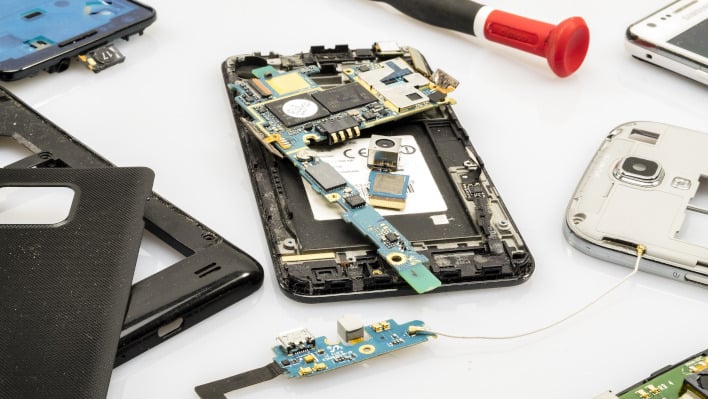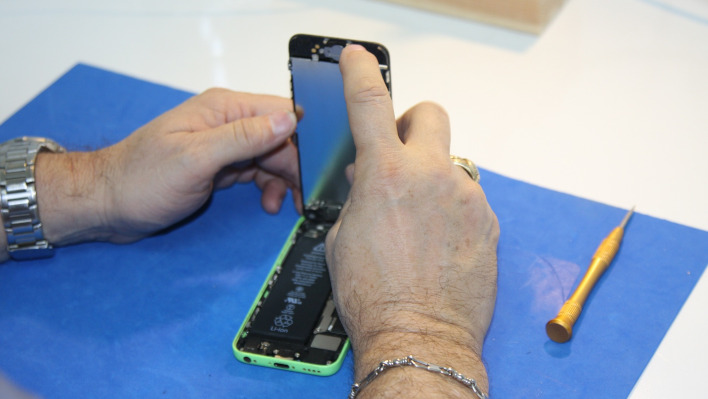Apple's Updated Repair Policy Tells iPhone Thieves To Take A Hike
That is just one example of what can happen if a phone has been reported as stolen or missing to the GSMA Device Registry, an international database that houses unique identifier information about individual mobile devices. Coming from an internal memo obtained by MacRumors, a new policy has been set in place for Apple Stores and Apple Authorized Service Providers. Though there is already policy at these places that they will not repair a device if the "Find my..." feature cannot be turned off. The goal here, though, is to reduce the total number of stolen devices brought in for repair.

Stolen mobile devices are not a new problem. When considering the size of most mobile devices, a quick swipe is all it takes for a motivated criminal. The issue even existed back with pagers as they gained popularity in the 1980s. Today, with the unique identifiers of mobile devices, known as International Mobile Equipment Identity, or IMEI numbers, which is what the GSMA tracks, it is much easier to report a device as lost or stolen.
That IMEI is unique to each mobile device that they are assigned. The ID can also help when identifying details about a particular device, as the unique identifier is often also paired with other data, such as model number, release date, etc. Some providers even use it as a service ID because of the uniqueness of the identifier, meaning they can easily identify who on their plan is using what device. It's even utilized in the insurance sector when reporting lost or stolen products. That means if you buy a new phone you should write down your IMEI when you receive it, as your insurance provider will appreciate this information, should the need arise.

There are, of course, things you can do to help prevent or mitigate theft, and actions to take if theft does happen. Always keep your phone in a secure location, preferably on your body, if not actively in use, or of course in a safe location or with someone you trust. Always make sure you have a passcode, as unfortunately stolen phones also often lead to identity theft due to how much personal data people often store on these devices. Always have your "Find my..." features turned on. And always have your insurance policies up to date. As phones become more expensive you may realize that your insurance policy may have covered a $200 phone when you recently purchased a $1200 iPhone. Lastly, make sure you write down that IMEI and report it to your insurance company.
Of course, if you believe you lost your device due to criminal activity, make sure to report it to appropriate authorities. Due to the high price of many mobile phones some of these thefts may be a higher criminal charge than you might think. For example, anything more than $1,000 but less than $3,000 in New York is considered grand larceny, while in California anything over $950 is grand theft. Note that we are not lawyers and this should not be construed as any type of official legal advice. That said, as these repair policies get even more strict, keeping yourself in the know is always advisable.

